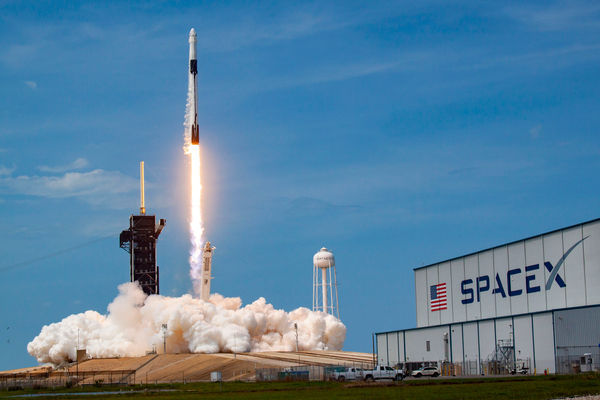NASA has selected SpaceX to launch a planned voyage to
Jupiter‘s icy moon Europa, the space agency said on Friday. The news comes as a
huge win for Elon Musk‘s company as it sets its sights deeper into the solar
system.
NASA plans to launch the Europa Clipper mission in October
2024 on a Falcon Heavy rocket from the Kennedy Space Center in Florida. The
total contract is worth $178 million, AFP reported.
The mission was previously supposed to take off on NASA’s
own Space Launch System (SLS) rocket, which has been plagued by delays and cost
overruns, with critics calling it a “jobs program” for the state of
Alabama where much of the development work is taking place.
While SLS is yet to become operational, Falcon Heavy has
deployed on both commercial and government missions since its maiden flight in
2018 when it carried Musk’s own Tesla Roadster into space.
The SpaceX rocket generates more than five million pounds of
thrust (22 million Newtons) at liftoff, equal to approximately eighteen 747
aircraft.
The Europa clipper orbiter is slated to make about 40 to 50
close passes over Europa to determine whether the icy moon could harbor
conditions suitable for life.
Its payload will include cameras and spectrometers to
produce high-resolution images and compositional maps of the surface and
atmosphere, as well as radar to penetrate the ice layer to search for liquid
water below.
SpaceX has launched rockets from the Falcon family 126 times over 11 years, resulting in
124 full mission successes (98.41%), one partial success (SpaceX CRS-1
delivered its cargo to the International Space Station (ISS), but a secondary
payload was stranded in a lower-than-planned orbit), and one failure (the
SpaceX CRS-7 spacecraft was lost in flight). Additionally, one rocket was destroyed before launch in preparation for an on-pad static
fire test.







